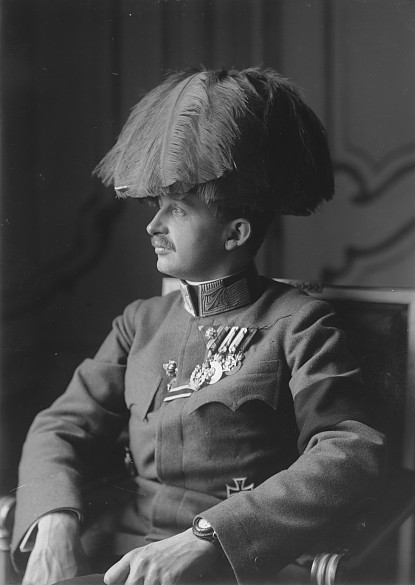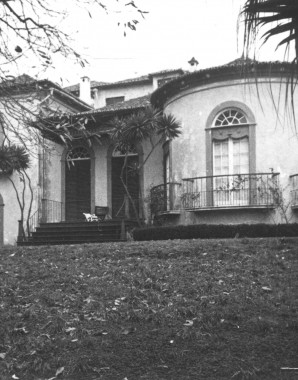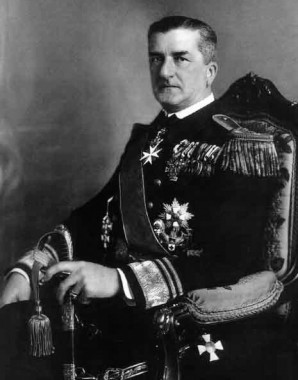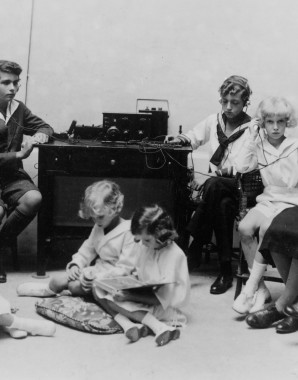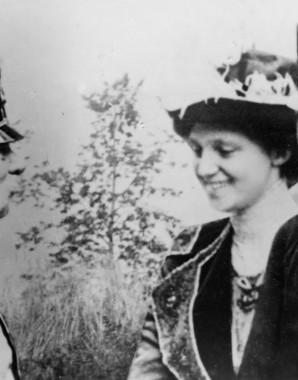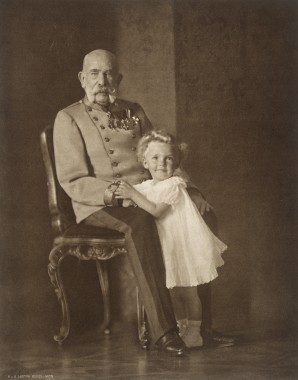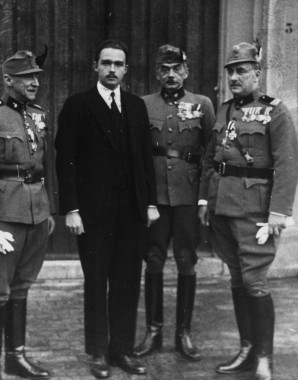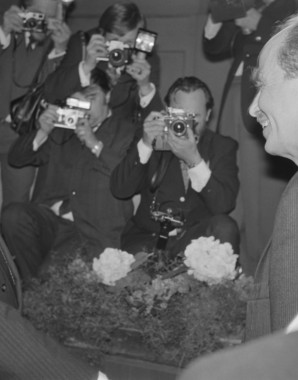Habsburgs in Exile – the Dynasty after 1918
The Habsburg Monarchy came to an end in November 1918. The last emperor, Karl I, refused to abdicate and went into exile. Unsuccessful endeavours to regain power culminated in two failed putsch attempts in Hungary.
Following the early death of the former emperor in 1922, his widow Zita became the figurehead of the monarchist-legitimist movement in Central Europe. Militant and untiring in her efforts to support the Habsburg claim to the throne, Zita also played a not insignificant part in the beatification of her husband Karl in 2004.
The eldest son of the imperial couple, Otto, played a not uncontroversial role during the Austrofascist period, but went on to become the figurehead of the Austrian Conservative-Catholic resistance in exile to the National Socialist regime. During the Habsburg Crisis in the 1960s he became a regular source of contention between the main parties on the post-war Austrian political scene. After 1945 he embarked on a long political career, during the course of which he transformed himself from exiled pretender to the Habsburg throne into a politician committed to the European ideal.
